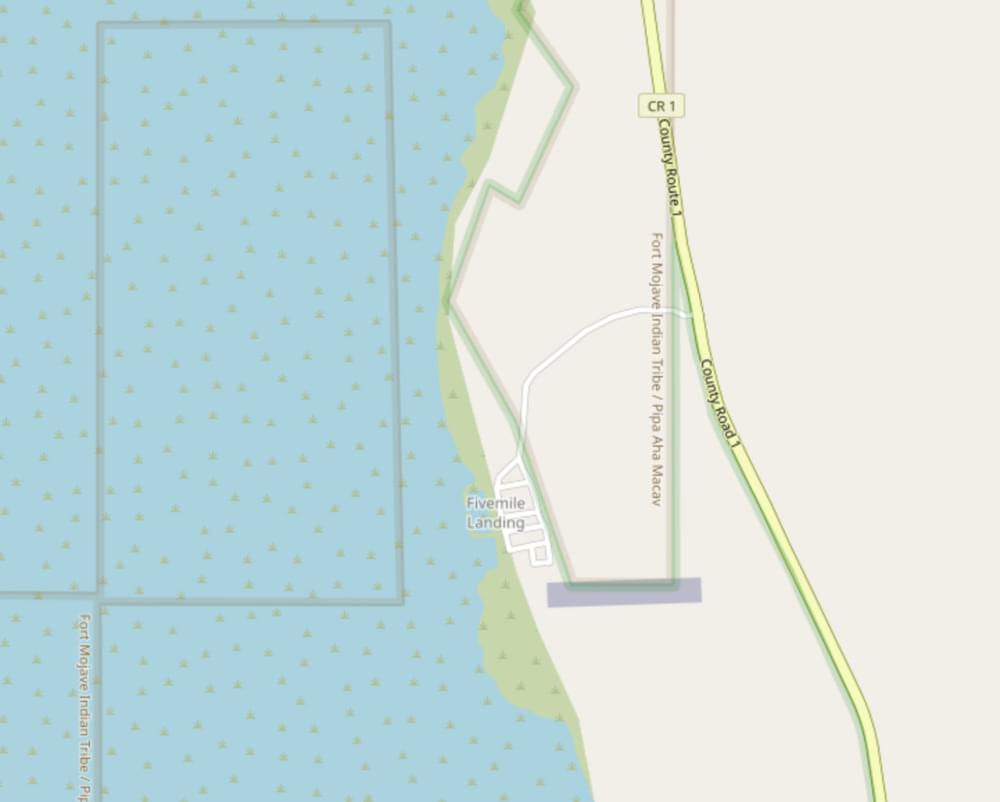Havasu NWR--Five Mile Landing
Havasu NWR--Five Mile Landing
Topock, Arizona 86436
Havasu National Wildlife Refuge Official WebsiteHavasu National Wildlife Refuge map
Havasu National Wildlife Refuge IBA webpage
Tips for Birding
Birding Arizona's West Coast from the Arizona Field Ornithologists has tips for birding several locations within Havasu National Wildlife Refuge including Five Mile Landing.
About this Location
Five Mile Landig is an access point that is south of North Dike. Depending on the time of year, there are many species that rely on Topock Marsh and are visible from this entrance, such as pied-billed grebes, American coots, American pelicans, and double-crested cormorants. A short path will lead visitors down a dike to get a better view of the marsh.
About Havasu National Wildlife Refuge
See all hotspots at Havasu National Wildlife Refuge
Havasu National Wildlife Refuge, originally named Havasu Lake National Wildlife Refuge, was established by Executive Order by President Franklin D. Roosevelt in 1941 for the primary purpose of providing migratory bird habitat. The refuge is comprised of 37,515 acres along the lower Colorado River in Arizona and California. The refuge protects 30 river miles and encompasses 300 miles of shoreline from Needles, California, to Lake Havasu City, Arizona. One of the last remaining natural stretches of the lower Colorado River flows through the 20-mile-long Topock Gorge.
Havasu National Wildlife Refuge is within the Pacific Flyway, a major north-south migratory route along the western coast of the United States. Hundreds of birds stop here to rest and refuel during their long journey. Many species also breed and overwinter here. Because of its importance to birds, the refuge is considered an Important Bird Area in the state of Arizona.
Historically, the Lower Colorado River wound its way through desert valleys and canyons surrounded by a dense riparian forest. Periodic flooding rejuvenated the landscape into a mosaic of willow and cottonwood trees and brought the dry desert to life. Wildlife thrived in the backwaters and forested habitat supported by the mighty river. However, with the construction of the Hoover Dam in 1936 and several other dams along the lower Colorado River, the natural restoration of the desert riparian habitat ceased.
Havasu National Wildlife Refuge protects the remaining native riparian area and the surrounding desert upland and manages the landscape to provide habitat for endangered species and neotropical migrants.
Content from recreation.gov website and Lake Havasu National Wildlife Refuge webpage
 Map adapted from © OpenStreetMap contributors
Map adapted from © OpenStreetMap contributors Map adapted from © OpenStreetMap contributors
Map adapted from © OpenStreetMap contributors